Behind Every Great Man…
Getting from my home in Maryland to southern Delaware involved crossing the Chesapeake Bay Bridge, which, owing to some construction, was free of its eastbound toll charge. A good start to the trip! In Denton, just shy of the Delaware border, I found the Tuckahoe Neck Meetinghouse, built in 1802 and named for the local area. Quakers met here for almost 90 years and were a formidable voice against the practice of slavery. The meetinghouse has fallen into disrepair and been renovated at least four times over the years—and looked just fine when I visited.

Nearby, in about 1813, Anna Murray was born to African American parents who had just received their freedom. At the age of 17, she moved to Baltimore and worked as a housekeeper. Seven years later, she met a 19-year-old enslaved African American, encouraged him to escape to his freedom, gave him a sailor’s uniform, money, and directions—and then went with him. After reaching New York, they married and were thereafter inseparable as Mr. and Mrs. Frederick Douglass. As their daughter Rosetta said in 1900, “The story of Frederick Douglass’ hopes and aspirations and longing desire for freedom has been told—you all know it. It was a story made possible by the unswerving loyalty of Anna Murray.”


A mile short of Delaware, I stopped for a look at Smithville Lake. It was scenic enough, but what really stood out was its semi-circular spillway.
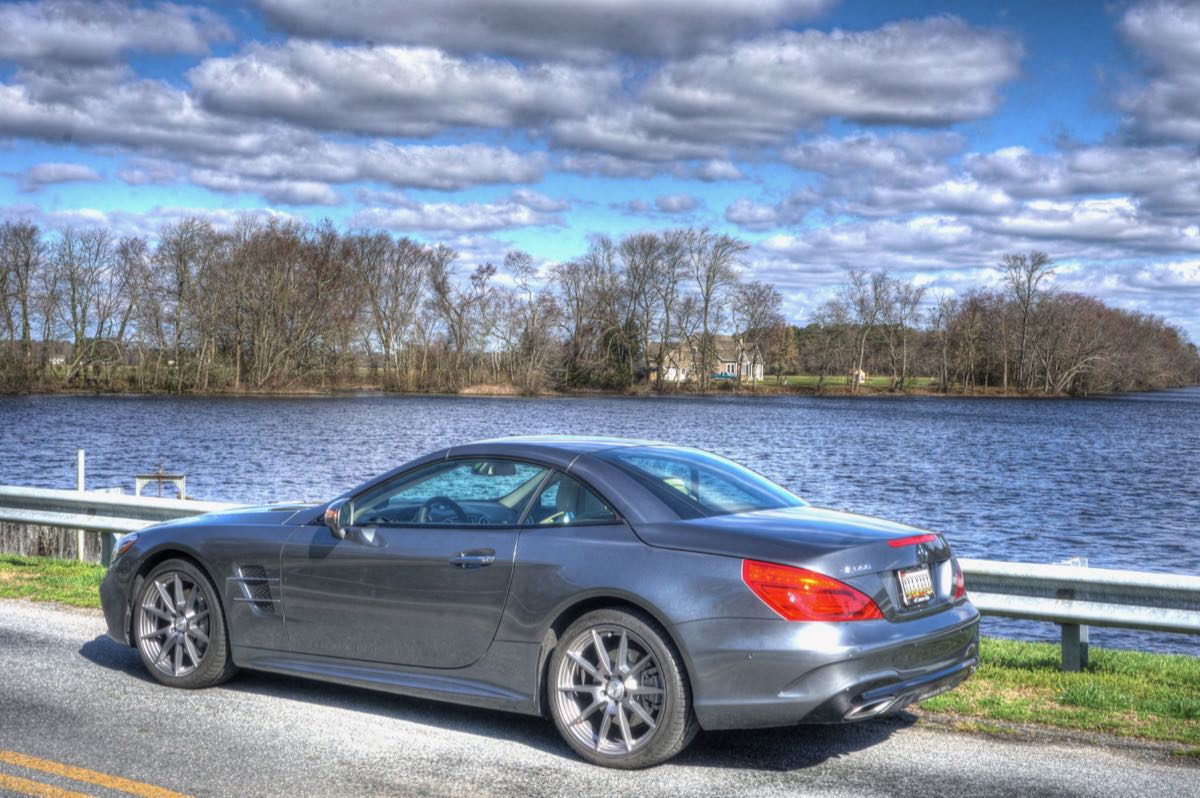
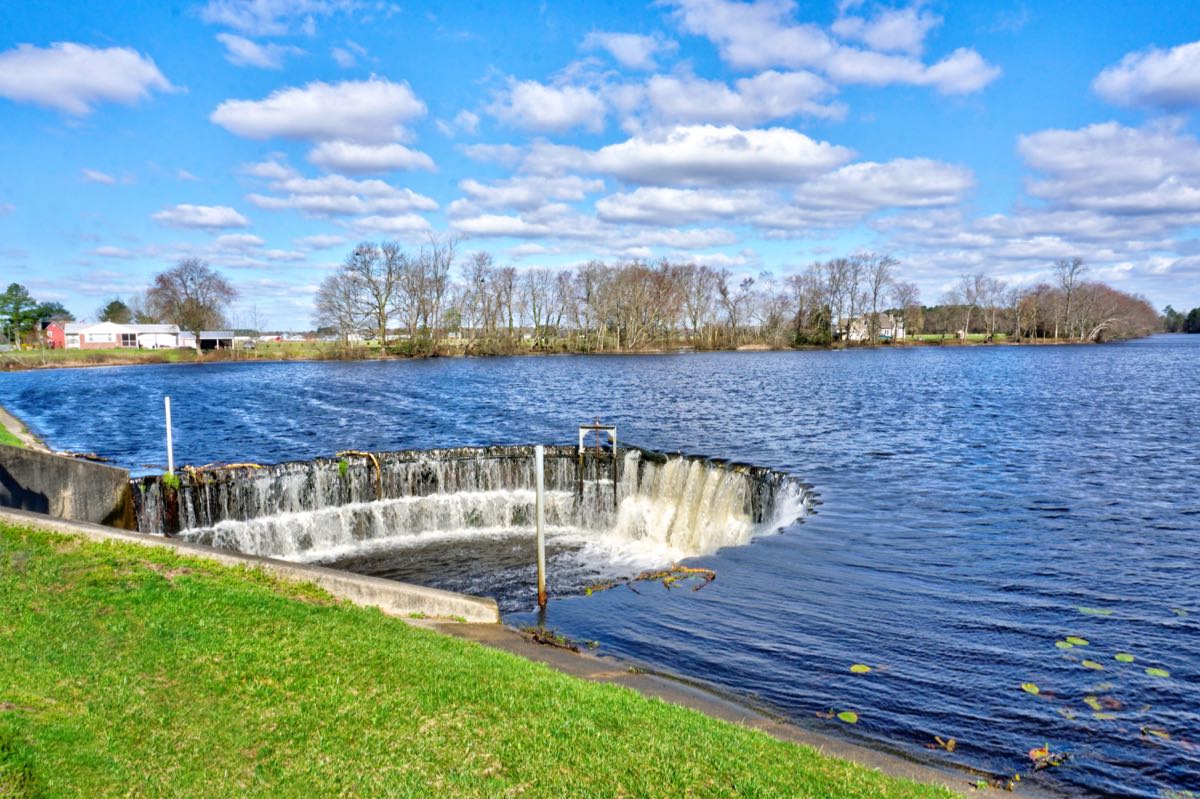
While there, I couldn’t help noticing that the immediate surrounding area was pretty much a ghost town.


Just on the other side of the Delaware line, I went looking for the massive 1750 Eratt House. I found it—surrounded by tall trees that prevented any useful photograph. We’ll have to settle for one from the National Register of Historic Places. (Unless otherwise noted, all historical photos are courtesy of NRHP, the Library of Congress, or Wikipedia.) Today, the Eratt House is severely run down and in some danger of collapse.

An Imposing Automobile, Posing
Bridgeville, DE dates back to the early 1700s and proved to have a number of beautiful old structures. First up was the original Bridgeville Fire Station, built in 1911 and replaced by a larger facility only 17 years later. When the fire company bought its first motorized fire engine, they had to widen the garage door so it would fit. The building now houses a small museum for the Bridgeville Historical Society. (I spent an enjoyable hour figuring out that the fire engine in the old photo is a 1923 Reo Speedwagon, with a Foamite Childs fire apparatus body.)


Speaking of beautiful structures, the SL550 never fails to attract compliments from passersby. It looks quite handsome, even with its winter wheels and tires.

Everywhere I looked, there were wonderfully eclectic old homes, almost all of which were in excellent condition. This one is the 1900 George W. Willen house.

After detouring around a large cemetery, I located St. Mary’s Episcopal Church. It was built in 1892 after fire destroyed an earlier church building in 1803. As noted by the Society of Architectural Historians, “A somewhat incongruous addition of 1969 partly surrounds the church and envelops its altar end.”

The Sudler House is the oldest home in Bridgeville. Its original section, the three lower bays on the right in this photo, was built in about 1750. Fifty years later, the left section and the entire second story were added, quadrupling the size of the house.


I’m pretty sure that the little building on the left is a corncrib, while the one on the right must be a playhouse.

The Mercedes has a way of searching out mansions and parking in front of them, whether invited or not. In this case, it found the 1855 home of William H.H. Ross, who was a well-to-do peach farmer. Ross was elected governor of Delaware in 1850 and pressured the state legislature to provide funding for the Delaware Railroad Company to expand into southern Delaware—thereby providing fruit growers (including himself) the means to reach more distant markets.

Gov. Ross was also a slaveholder and an opponent of abolition. During the Civil War, he left the U.S. and became an exile in England until the war was over. Although Delaware was part of the Union, slavery was common here. The only remaining slave quarter in the state is on the grounds of Gov. Ross’ mansion. The Seaford Historical Society bought the mansion in 1976, and it is open to the public on selected days.


A Gateway to Freedom
Sometimes you’re out driving around, minding your own business, and you run across something that is just inexplicable—for example, this old railway car under a canopy in a residential part of Seaford. With its French lettering, I naturally wondered “qu’est-ce que c’est?”
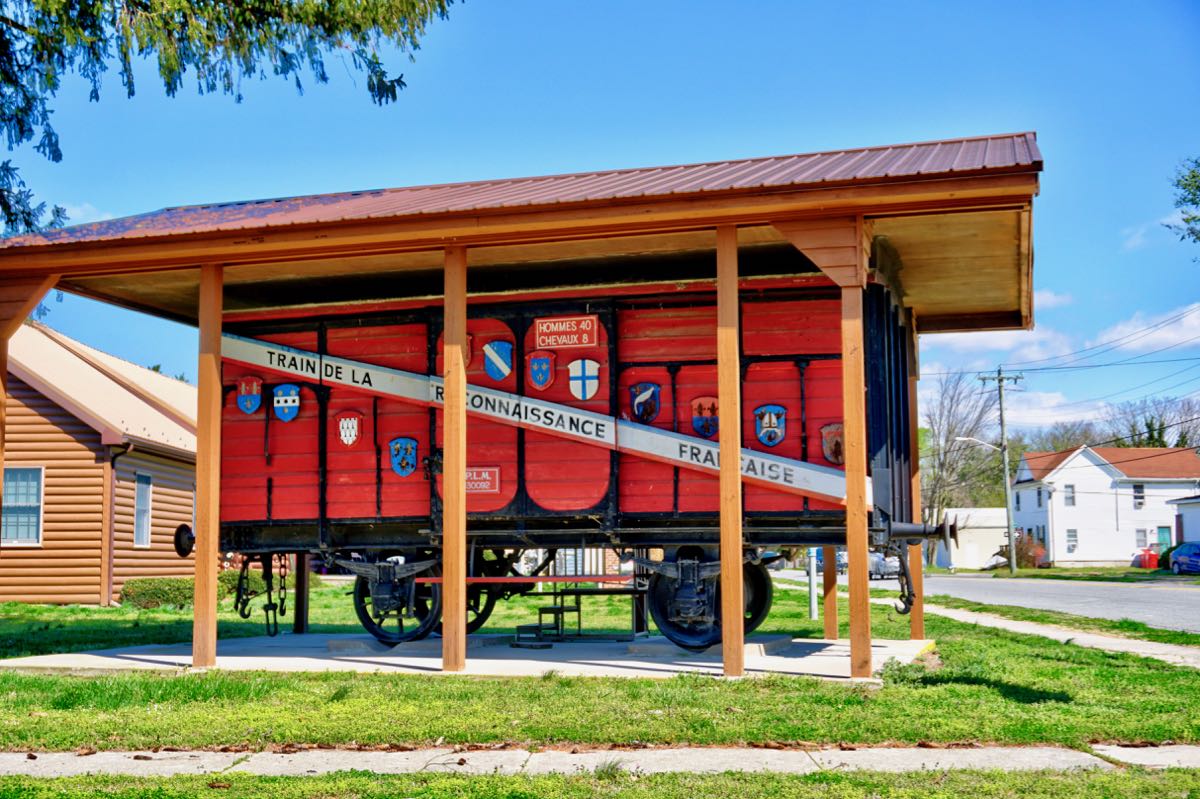
Well, the short version is that after World War II, with the French economy in ruins, the U.S. provided the country with great quantities of food and supplies. In 1949, as a way of expressing gratitude, France shipped 49 boxcars here, one for each of the 48 states plus another to be shared by the District of Columbia and Hawaii. The boxcars were filled with gifts donated by over 6 million French citizens. (One gift was reputedly the French Legion of Honor medal originally awarded to Napoleon.) The military boxcars had been built in the late 1800s and were called “forty or eight” cars, since they could hold either 40 men (“hommes”) or 8 horses (“chevaux”). The “Merci Train” was a great success, as seen here at the delivery of Delaware’s boxcar. The local branch of the American Legion has lovingly maintained it ever since.

A little further on in Seaford, St. Luke’s Church has been providing services since 1843. It was renovated in 1904 and modified by replacing its steeple with a three-story tower in the Gothic Revival style. The concrete buttresses were added in 1943 to reinforce the walls.

This grave, with its bed of daffodils, defies the notion of “pushing up daisies.”
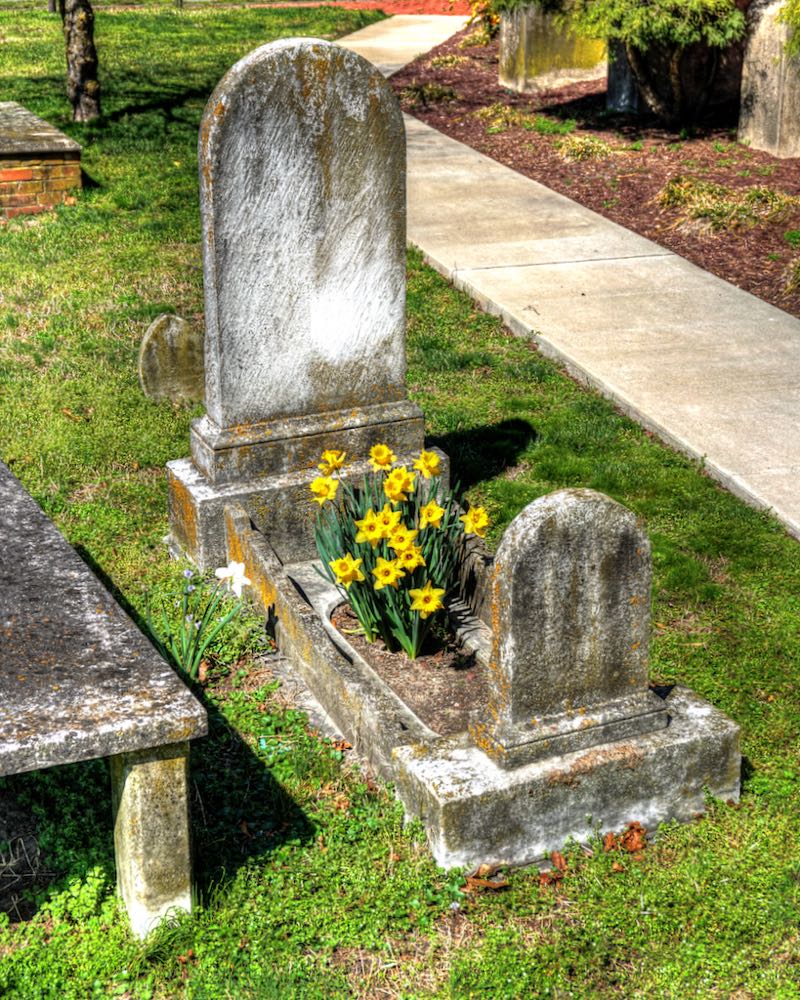
When the Delaware Railroad extended into southern Delaware, it originally stopped here, at the Seaford Station on the Nanticoke River. In 1839 a drawbridge was built across the river and the line extended to the southern border of the state. The drawbridge was replaced with this bridge in 1890, which would appear to block river traffic. However, it’s actually a swiveling bridge, which can be rotated parallel to the river and allow boats to pass.


The Seaford bridge has been operating continuously right up to the present. Compare my current photo of the northern end of the bridge with the corresponding historical one showing a sizable ferry just upstream on the Nanticoke. As we’ll see in a moment, these ferries traveled the 41 miles down the river to the Chesapeake Bay, and from there to Baltimore, Norfolk, and other destinations.
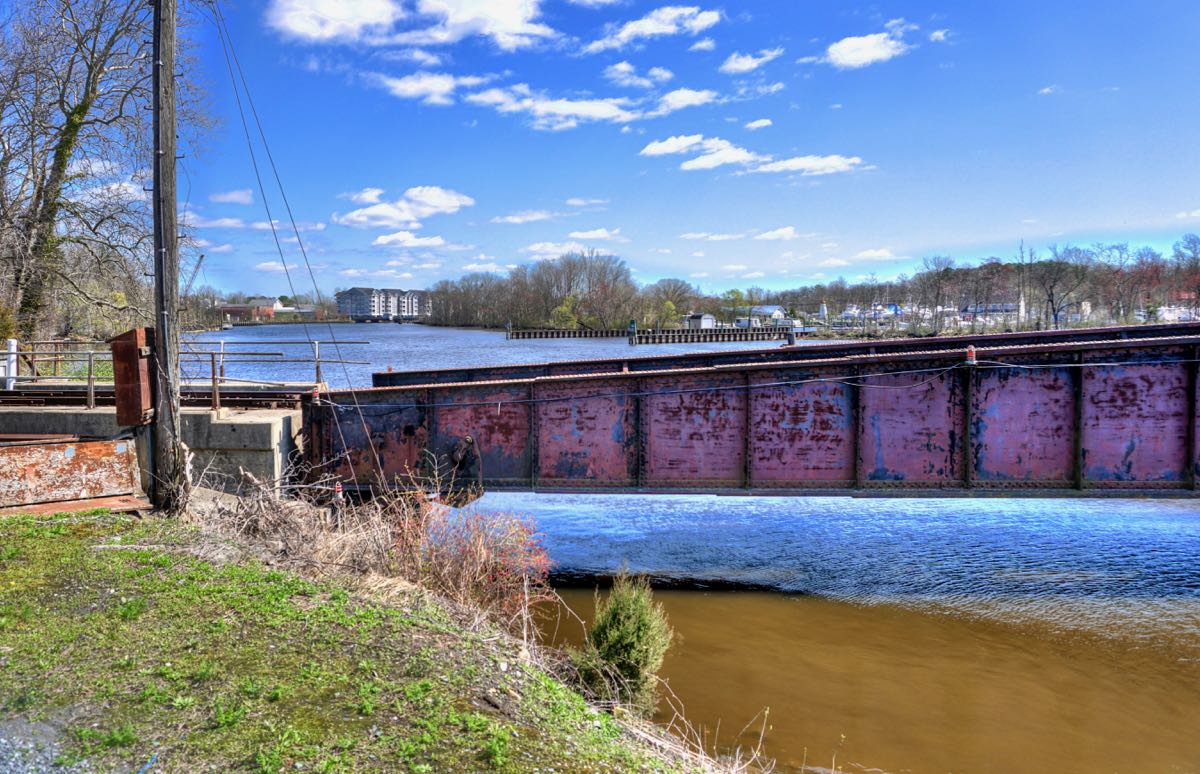
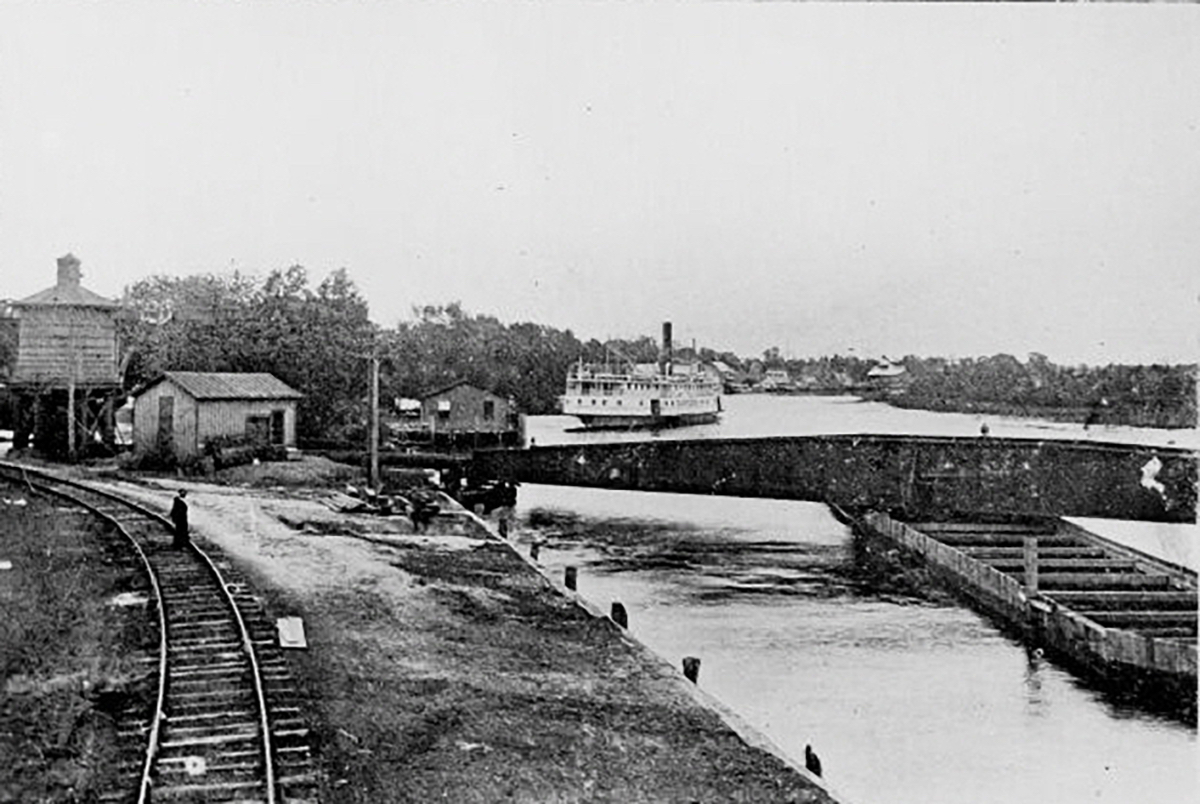
In the fall of 1856, Harriet Tubman had just recovered from an illness and was anxious to resume her now-famous efforts to help enslaved African Americans in Maryland escape to freedom in the north. She had been asked to aid a young woman named Tilly, who was living in Baltimore and wanted to join her fiancée in Canada. A sympathetic steamboat captain in Philadelphia took Harriet to Baltimore and, along the way, gave her a travel document certifying that she was a free woman living in Philadelphia.
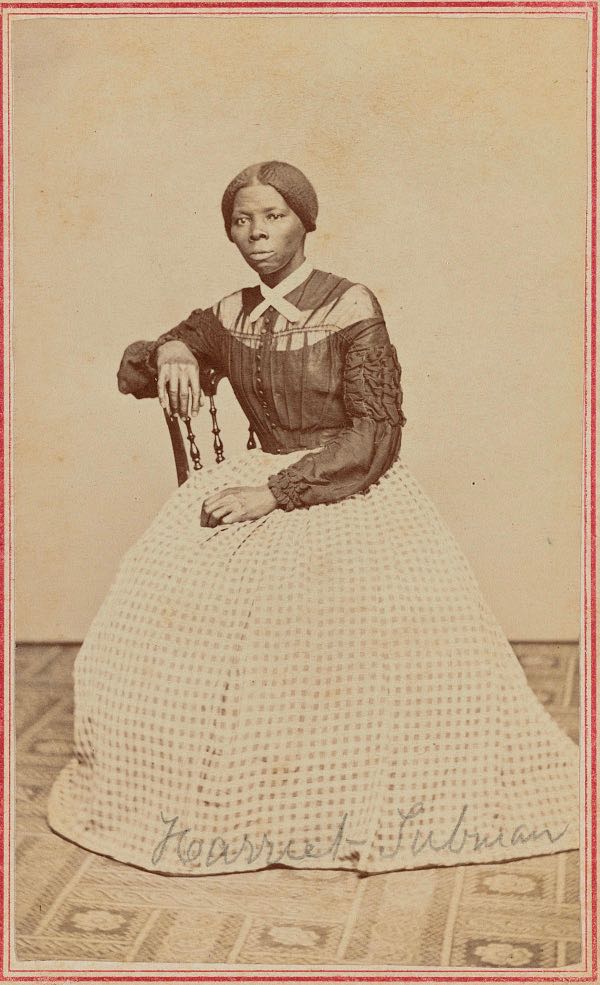
In Baltimore, Harriet located Tilly and arranged transportation for the two of them on the steamship Kent—but not traveling north, where they would have been stopped, questioned, and almost certainly arrested. Instead, Harriet booked passage southward, down the Chesapeake, to the Nanticoke River, and thence to Seaford. Once again, Harriet managed to obtain a travel document from the captain, this time for Tilly, identifying her as a free woman.

In Seaford, the women walked up to the top of this hill, where the town’s only hotel stood. The next morning, they were stopped by a slave trader and questioned. Harriet later said that she prayed, “Oh Lord! You’ve been with me in six troubles, don’t desert me in the seventh!” Thankfully, the captains’ certificates saved the day. The two women walked the 7 miles to Bridgeville, where they boarded a train to Camden, DE and from there went by carriage to the famed abolitionist Thomas Garrett in Wilmington. Tilly was sent on to her fiancée in Canada, and Harriet promptly returned to her rescue missions. Biographer Kate Larson characterized this mission as “one of her most complicated and clever escape attempts.” Today this setting is named “Gateway Park” in honor of its role as the gateway to freedom in Tilly’s rescue.

The Reason for Warning Signs, and a Missing Church
With thoughts of Harriet Tubman’s bravery and cleverness in mind, I continued on my journey to Laurel, DE, where I found the town’s old train station. It was handsome enough, even though its roof no longer has its long overhangs. (Historical photo courtesy of the Laurel Historical Society.)


On June 20, 1904, just north of the station, the engineer of a passenger train failed to notice a warning sign that the drawbridge over Broad Creek was up, not down. The locomotive crashed catastrophically onto a passing schooner below. Amazingly, there was only one fatality. Per Shipwrecks Along the Atlantic Coast, “The baggage master turned out to be the hero of the day when he crawled under the moving train to uncouple the cars with the passengers aboard.” (Historical photo courtesy of the Mariners Museum, Newport News, Virginia.)

In Laurel, the St. Phillips Church was easy to spot, but I was really looking for the even-more-stately (but abandoned) Christ United Methodist Church.


As I stood facing an empty dirt lot, I realized that Christ United had been demolished. There was nothing remaining, not even a doorknob or piece of stained glass. Across the street, however, I admired this Victorian home with its bright colors. Soon, the friendly owner emerged and told me about the historic 1862 home, which he had bought and spent 2 years renovating. (He recently sold this house for what strikes me as a bargain price. See 505 South Central Avenue for a host of exterior and interior photos.)

Midnight Thicket
Departing Laurel, I ran across the Old Christ Church, which was built in 1748. I remembered that I had been here before (see The Last Potato House in Delaware, but I stopped for another look. The last of the Lenni Lenape (Delaware) Native Americans had lived in this area, but they moved to the Ohio territory in 1748. Not long after, settlers built the church, and it was used regularly through 1850. Remarkably, it has withstood the elements quite well and remains in very good condition.

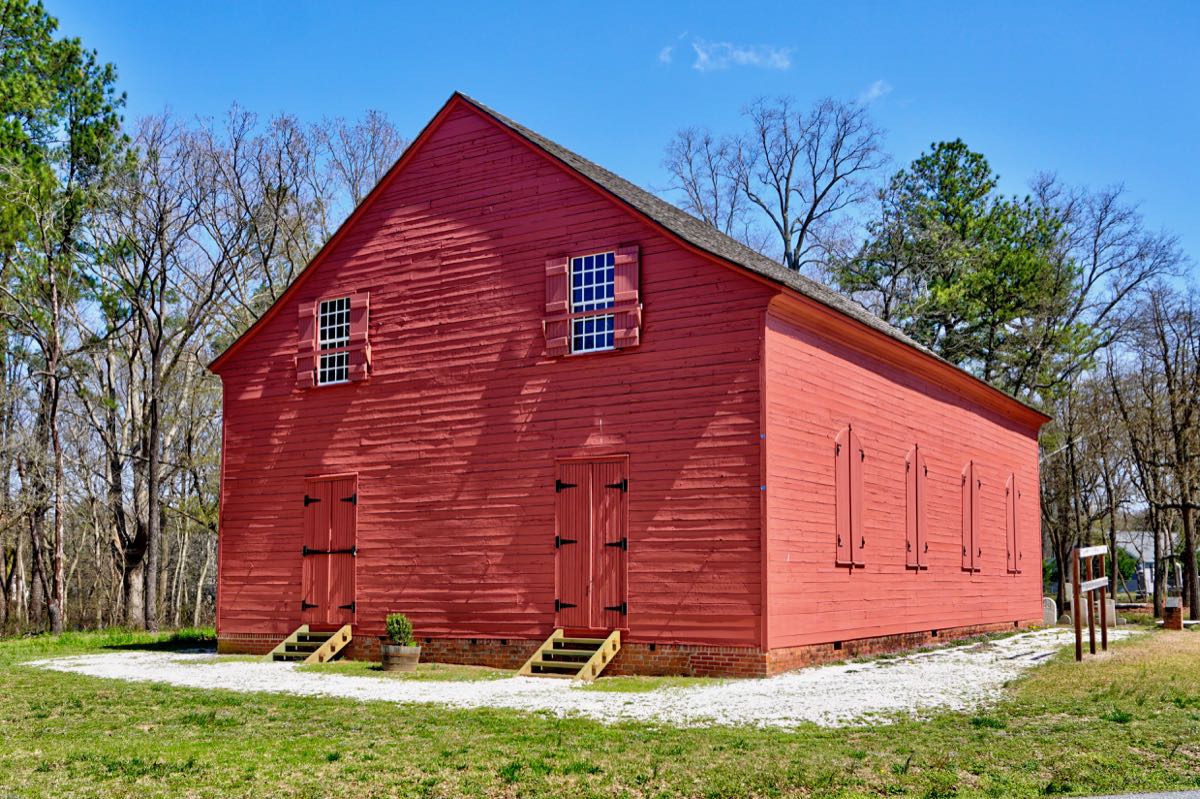

I admired the view of Chipman’s Pond, but I was intent on locating the dreaded Midnight Thicket…
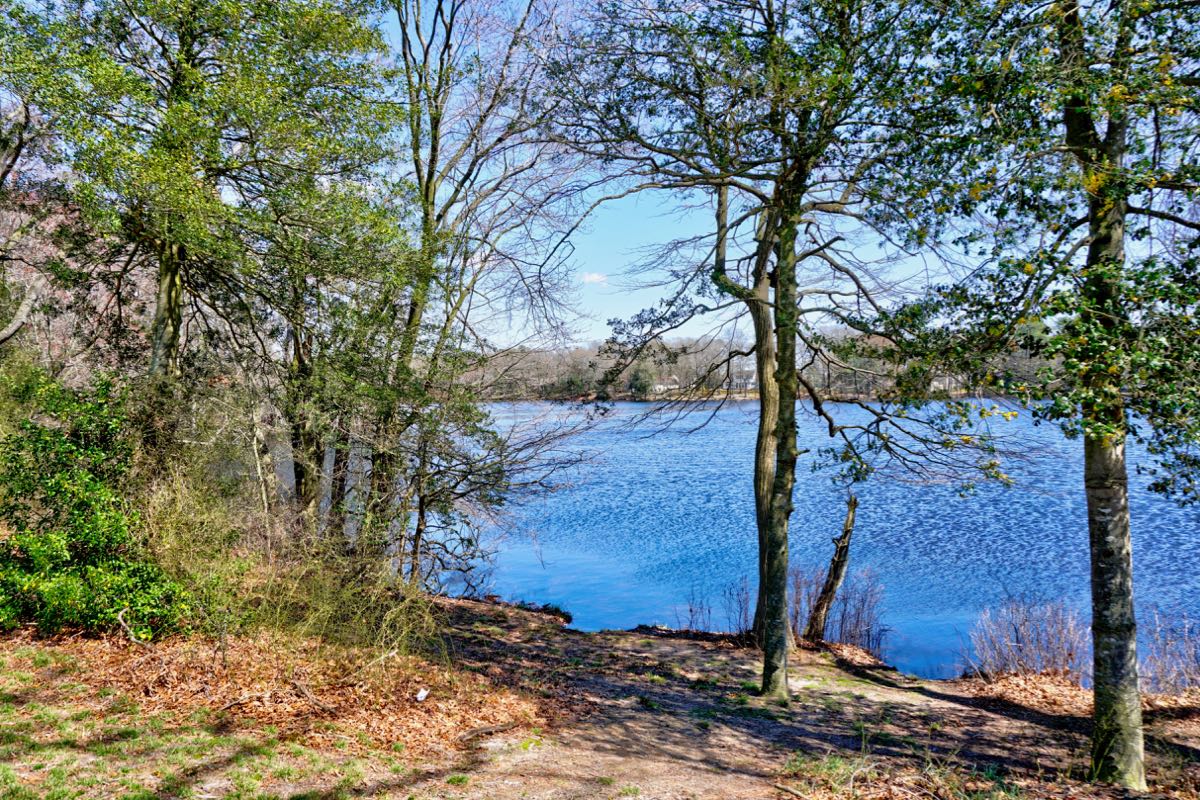
Years ago, a dense forest surrounded this old wagon trail, which leads north from the pond. It was called Midnight Thicket and was well known for the hair-raising events that occurred here with some regularity.

One common happening was described to the Laurel Historical Society by a 95-year-old resident:
While driving a horse-drawn wagon on the old dirt lane at night, flickering lantern in hand, a traveler would be startled by the sudden addition of a great weight on the back of the wagon, as though someone—or something—had climbed onto it. A backwards glance revealed nothing save for the enshrouding darkness, but the horses lunged and strained to pull their load, struggling forward one step at a time. The traveler was, of course, terrified. This continued for a short distance. Then, as suddenly as it had manifested, the mysterious weight was gone, as though the phantom presence had relinquished the wagon. The horses surged forward, carrying their frightened driver away from the nameless menace, out of the forest.
When you’re wandering around in the Midnight Thicket, looking for any signs of such misadventures, a place like this is not exactly reassuring. I have no idea what the purpose of this little building was, but with visions of “The Blair Witch Project” jarring my mind, I moved on. Swiftly!

The Perils of Murderkill
With the help of 449 horsepower in the SL550, I covered the 13 miles to Georgetown, DE in record time, returning to the safety of civilization in the form of the Sussex County Courthouse. It was built in 1837-1840, having been designed by one of the country’s first professional architects, William Strickland. If you look at the photograph carefully, you’ll see a small iron balcony just above the main entrance doors. It was where the town crier would read out the news of the day and any court proclamations.

A rather simpler courthouse predated the current building. The original Sussex County Courthouse was built in 1791 in an uninhabited part of the county. The village of Georgetown soon developed around the old courthouse, which was moved out of the way when the new one went up.

The Richards House sits across the town circle from the new courthouse. The original, back portion of the house was built in about 1796, the current main portion was added in the mid-1800s, and the third story and mansard roof came along in 1883. A number of noted Delaware attorneys have lived here over the years, including Charles Sudler Richards, who was the Chief Justice of the Delaware Supreme Court.

I was planning to visit Redden Forest State Park and Redden Lodge, north of Georgetown, but I found that it was closed to the public. It started life in 1903 as a hunting resort for executives of the Pennsylvania Railroad. I later learned that the state closed the park as a result of numerous incidents of drug use, prostitution, and assorted lewd behavior at the picnic pavilion and other areas. (Good grief!) Well, at least the small part of the park I saw was scenic.



McColley’s Chapel has been in active service since its construction in 1898, replacing the original church that was destroyed by fire. James Redden donated the land for the church, and Trustan McColley provided the building materials.

In contrast to the simplicity of McColley’s Chapel, the massive Vaules-Grier House is elaborate and ornate in every direction. W. Thornton Vaules was the stationmaster for the Junction & Breakwater Railroad in Milford, and he built the mansion in 1872. His daughter Ella married local dentist G. Layton Grier, and the young couple moved in. When Vaules died in 1906, the Griers renovated the house, adding the tower, columns, balconies, and other Victorian elements. Their daughters donated the home to Milford Memorial Hospital, but it has since had a succession of private owners.

This little building has remained unchanged since it was built in 1885. After serving for a few years as the Milford Classical Academy, it became the New Century Club—a women’s group that fervently and effectively pursued its goals of “intellectual growth of its members and the uplift of humanity” for more than 100 years. The building was badly damaged by Hurricane Sandy in 2012 but has since been repaired by the current owners of the Vaules-Grier House for use by the town.

From the 1770s through the 1920s, shipbuilding was the major industry in Milford. During World War I, there were six different companies along the Mispillion River engaged in this business. In addition to Coast Guard and Naval ships, luxury yachts were a specialty. By the 1920s, however, every last white oak in the area had been felled, and the industry largely died out. The sole exception was the Vinyard Ship Building Company, which became the last producer of wooden ships in Delaware—including wooden sub-chasers for the Navy during World War II. It closed in 1996, but the shipyard—seen in the distance on the left—has been maintained as a private museum by its current owners.
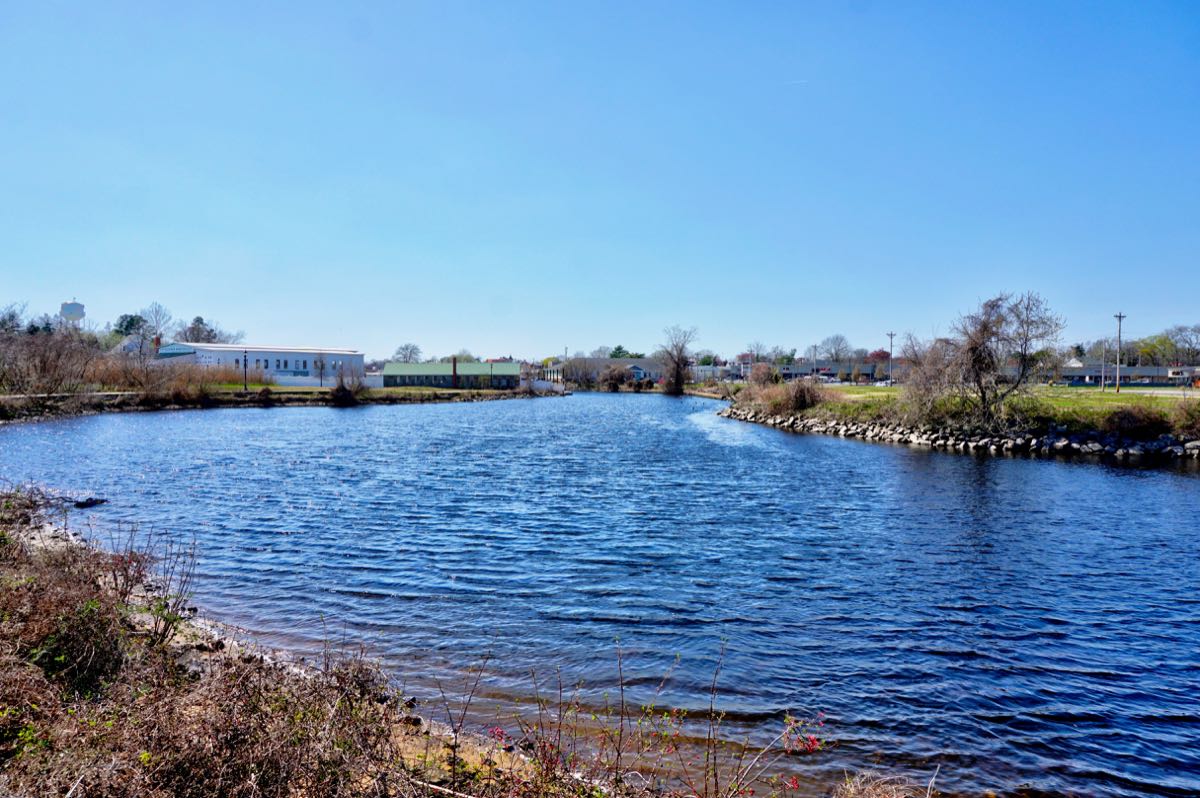
Just outside of Milford, I found the home of William T. Watson (1849-1917), who served as Delaware’s 49th governor…

…and the Walnut Farmhouse, which is the last surviving example of the classic estates built by Milford’s well-to-do farmers in the late 1800s.


Here we have a view of the Murderkill River in rural Delaware. How would such a peaceful-looking river get such a lurid name? Well, you might think it had to do with the afternoon of August 28, 1890. Stephen Lindsay, an 82-year-old from Pennsylvania, was visiting his daughter in nearby Frederica, DE. He was fishing from the bridge I’m on when two much younger men snuck up on him, beat him severely, and robbed him of his silver watch and the $24 he was carrying. As the New York Times put it, they “stamped the life out of him.” The attackers were captured, convicted of murder, and hanged on February 13, 1891.

However, that’s not the reason the river is named Murderkill. More than 250 years before Mr. Lindsay’s ill-fated visit, Dutch settlers arrived in what is now Delaware. Recall that “kill” was the old Dutch word for “river” (e.g., Schuylkill), and their old word “moeder” meant “mother.” So Murderkill probably came from moederkill, or “Mother River.” On the other hand, it could have come from modderkill, meaning muddy river. Or perhaps it came from the various depredations that the Dutch and Native Americans visited on each other, as was apparently the case with Delaware’s Whorekill River, originally Hoerekill or Hoornkill. History is not always clear-cut. And let’s not even start on Slaughter Beach, which is also nearby.
In the Wake of Smugglers
Further up the Delaware Bay, I came to the rather more innocuously named town of Little Creek. This building dates from sometime prior to 1829 and is called the Old Stone Tavern—but it has always been a private home.

The Mercedes was continuing to run flawlessly, carrying me from one destination to another in comfort, style, and alacrity. It was a little too cold for putting the top down, but the car looks exceedingly handsome either way.

The small town of Leipsic, DE is situated just a few feet above the Leipsic River. It dates back to the late 1700s and had been a major shipping center for about 100 years before beginning a long decline. (Harbor photo by Stephanie Seeman, courtesy of the Town of Leipsic on Facebook.)

The Sipple House is evidence of Leipsic’s prosperity back in the day. The Victorian mansion was built in the 1880s and reflected “aesthetic eclecticism.” If every house, everywhere, looked like this, we would all be driven to catastrophic distraction—and it might still be a good thing.

In the harbor photo above, did you notice the little green house at the very left edge? It’s the first building you come to, in the first town on the Leipsic River. Here’s a closer view. This seemingly unremarkable house was constructed in about 1820. As the Historic American Building Survey politely wrote, “The dwelling is significant for its association with the development of a small river town and specifically with the maritime activities that fueled the economy of the marshland in the late nineteenth and early twentieth centuries.” “Maritime activities,” in this instance, involved the practice of rum-running in the 1920s and 1930s.

During Prohibition, ships would bring rum, whiskey, and other bootleg liquor from Canada or the Bahamas, staying at least 12 miles offshore in international waters. They would be met at night by smaller boats, which would race the ’shine up the Leipsic River at high speed, often powered by World War I-surplus aircraft engines. And they would unload it at the little green house. As I’ve often said, if you randomly pick any spot in the Mid-Atlantic region, something interesting will have happened there.

Floating Houses
There were many scenic spots along the Delaware coast, often evoking past industry.


Of course, the SL550 automatically made any spot scenic.

Delaware used to have hundreds of old-style, scenic lighthouses, such as the Mispillion and New Castle Lights shown below.

Over time, however, most of the original lighthouses have been replaced by skeletal lights, such as the Reedy Island Rear Light. The first one here was just a locomotive headlamp on a tall pole (1904). It was replaced in 1908 with this light, which has been in use ever since. Inside the central support is a very narrow circular stairway; the claustrophobic need not apply.
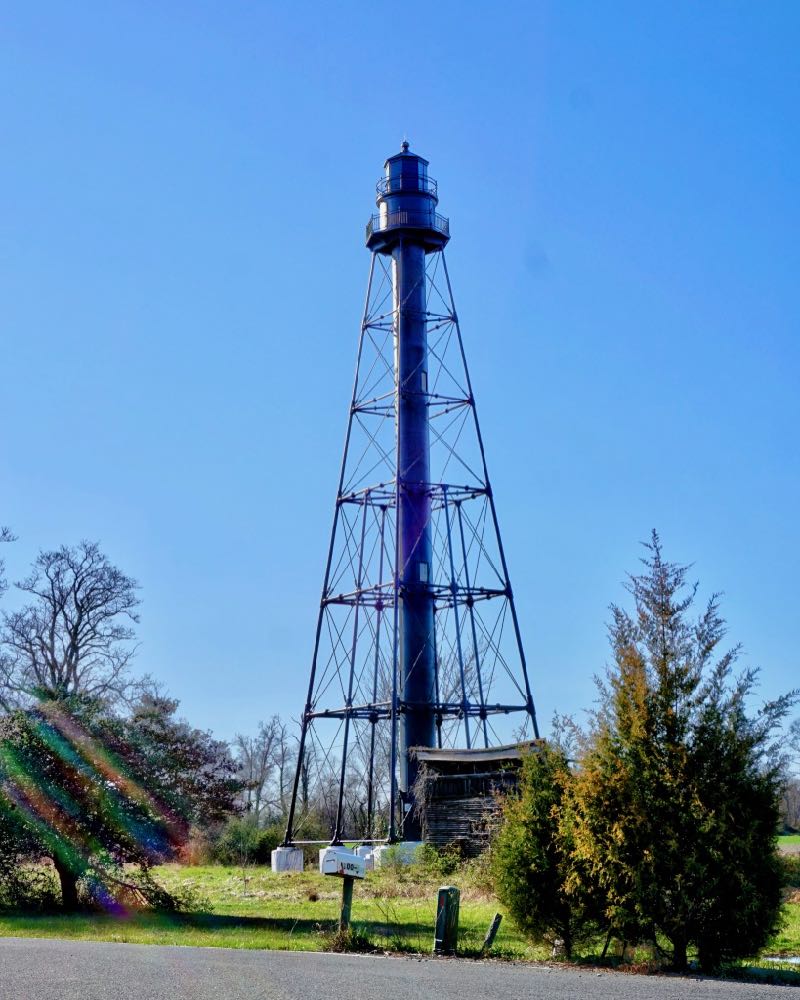
It was now past 5:00 pm, and I was running out of steam. I sped past a few places I had planned to visit, and a couple of others proved inaccessible. But I had to get a look at the Huguenot House, which was built in 1711 and has been restored to its original configuration. Beautiful! Elias Naudain was a toddler in 1685 when his French Huguenot (Protestant) family emigrated to escape religious persecution. Ultimately he ended up in Taylor’s Bridge, DE, where he built this home. It remained in the Naudain family for at least 262 years and may, in fact, still be owned by his descendants.
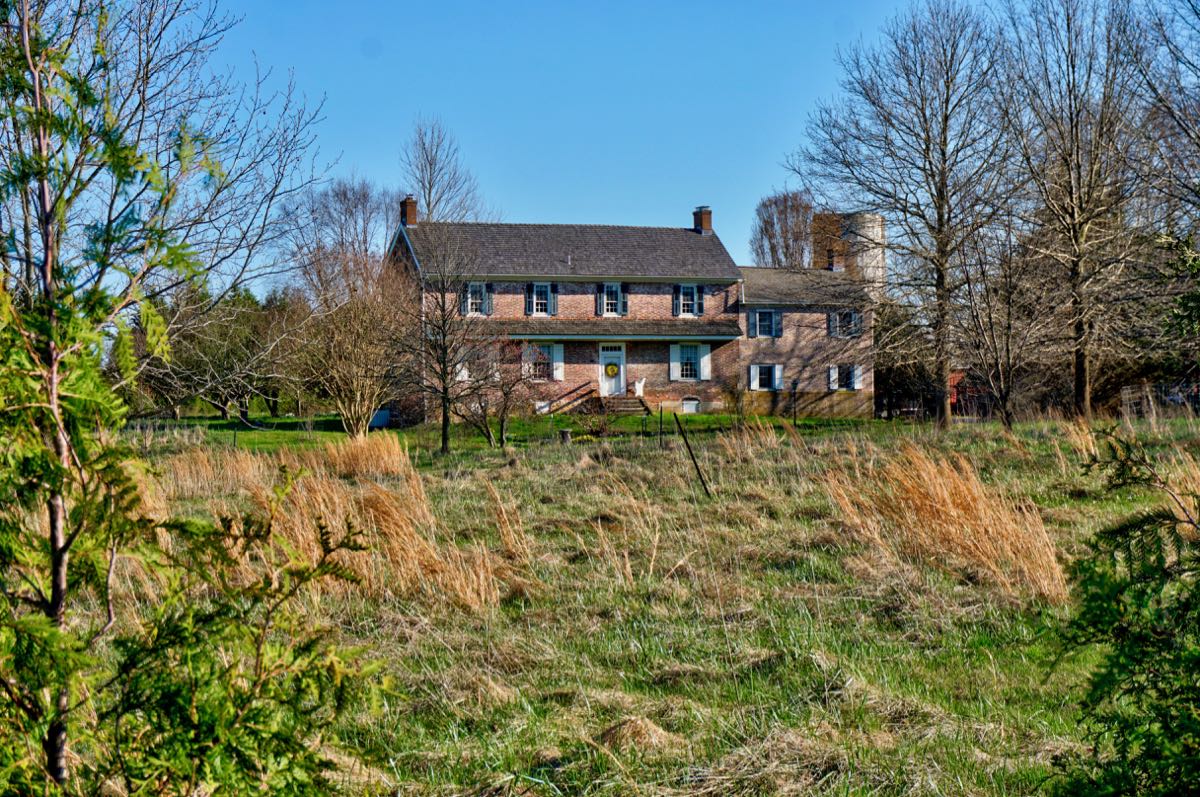

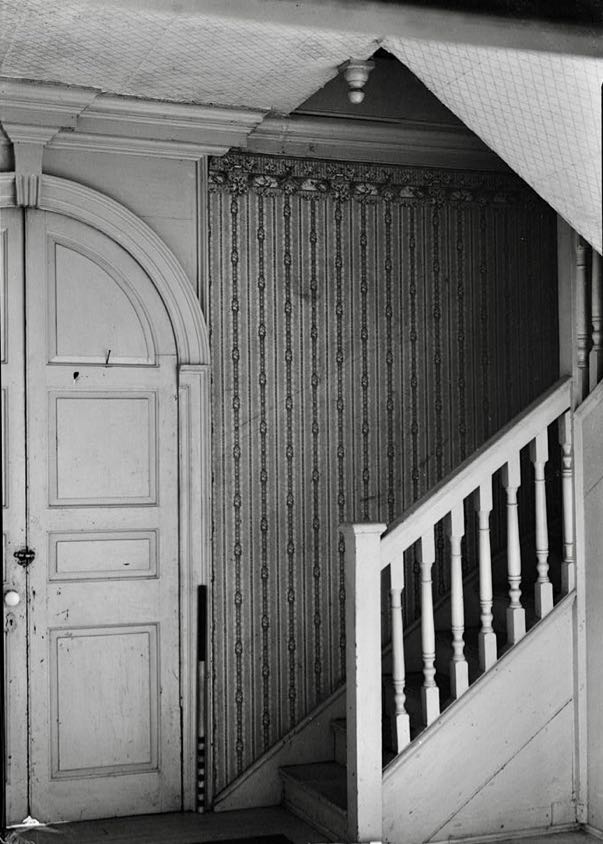


For someone 6’6” like me, it’s a bit of a duck to get into such a low-slung car. But once inside it’s very comfortable, with a lot of leg and head room. And there’s nothing like a seat massage on the long drive back home at the end of a day of touring!

This house has been sitting on South Congress Street in historic Port Penn, DE since 1955. But it used to sit on an island in the Chesapeake Bay. Following a serious cholera outbreak in 1892, the U.S. government built an inspection and decontamination station on Reedy Island. All ships entering the Delaware Bay had to stop there for examination and, if necessary, decontamination before continuing on to the port of Philadelphia.


The inspection station was decommissioned after World War II, and in 1949 the island was put up for sale. Only one offer was made, by 78-year-old Shelby Collins who had helped build the original facility in 1893. His $7,500 bid was laughed at. Per the Evening Independent newspaper, the U.S. offered the island for free to Delaware, which refused to take it. Their next offer was to the Fish and Wildlife Service, for use as a bird sanctuary, but “The service said it didn’t think birds would like it.” By 1955, Mr. Collins obtained the property on the island, including buildings, equipment, wharves, and 200 tons of coal left there by the Navy. He set about moving a number of the buildings to the mainland, including the former Reedy Island Barracks House—which is now the private home pictured above. Folks were very enterprising back then.

Port Penn has a wealth of other interesting places, including Linden Hall, the 1834 home and office of Joseph Cleaver (which looks better when there isn’t a ToyotaLift van parked in front of it)…


…the Roland Quillen House, which was ordered as a kit from the Sears & Roebuck catalog…


…and the 1856 schoolhouse, now home to the Port Penn Historical Society.


I left for home after Port Penn, recognizing that I still had the other half of the trip to go. When you run out of daylight for photos, you start planning your return. But I had found more interesting old mansions per square mile than almost any other place I’ve visited, not to mention lots of other sights. And the SL550 was the perfect means of conveyance. I returned to Delaware 3 weeks later and, among other activities, I managed to jump on foot from the state of Maryland, across the state of Pennsylvania, and into Delaware. Be sure to check out Part II!
Rick F.

